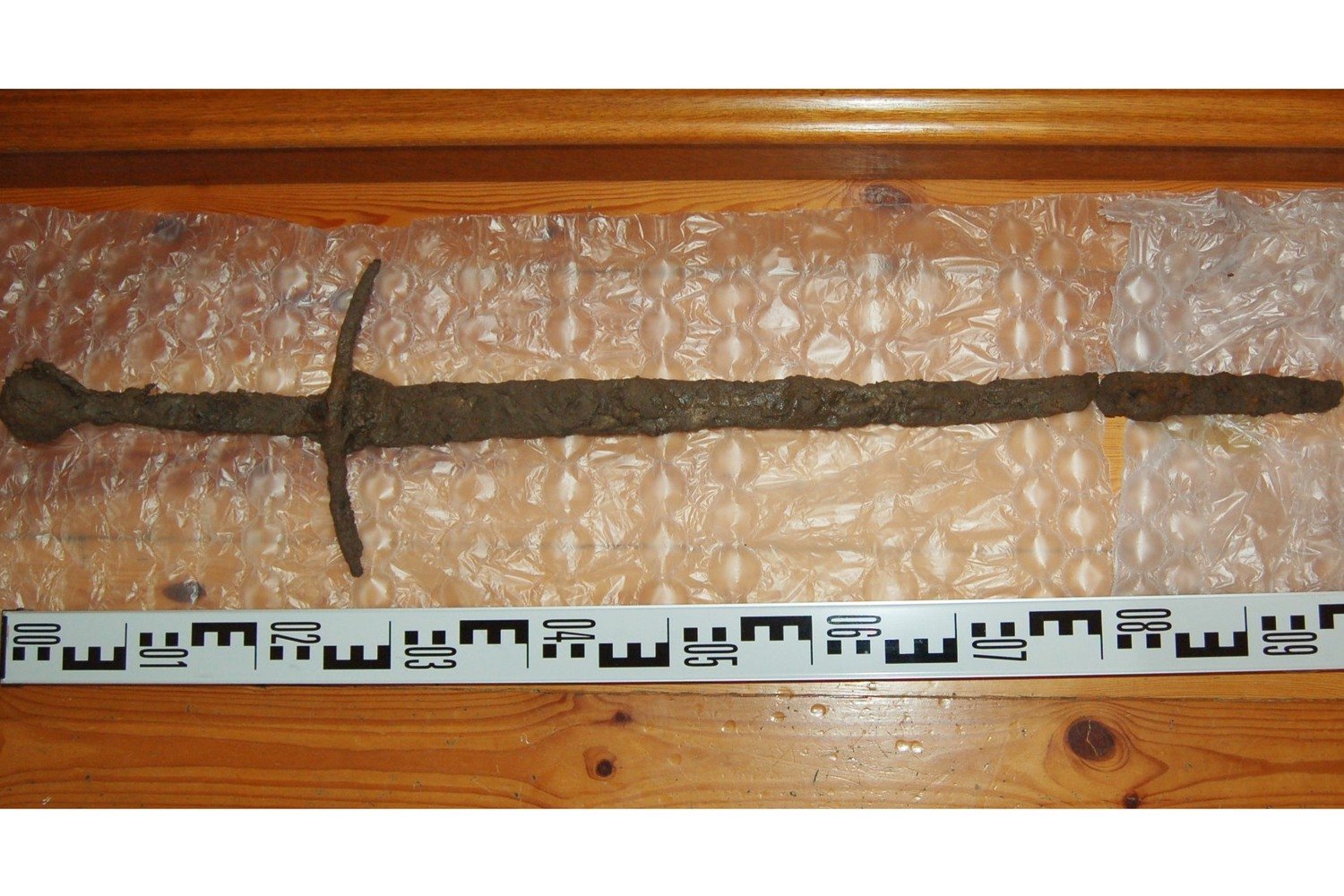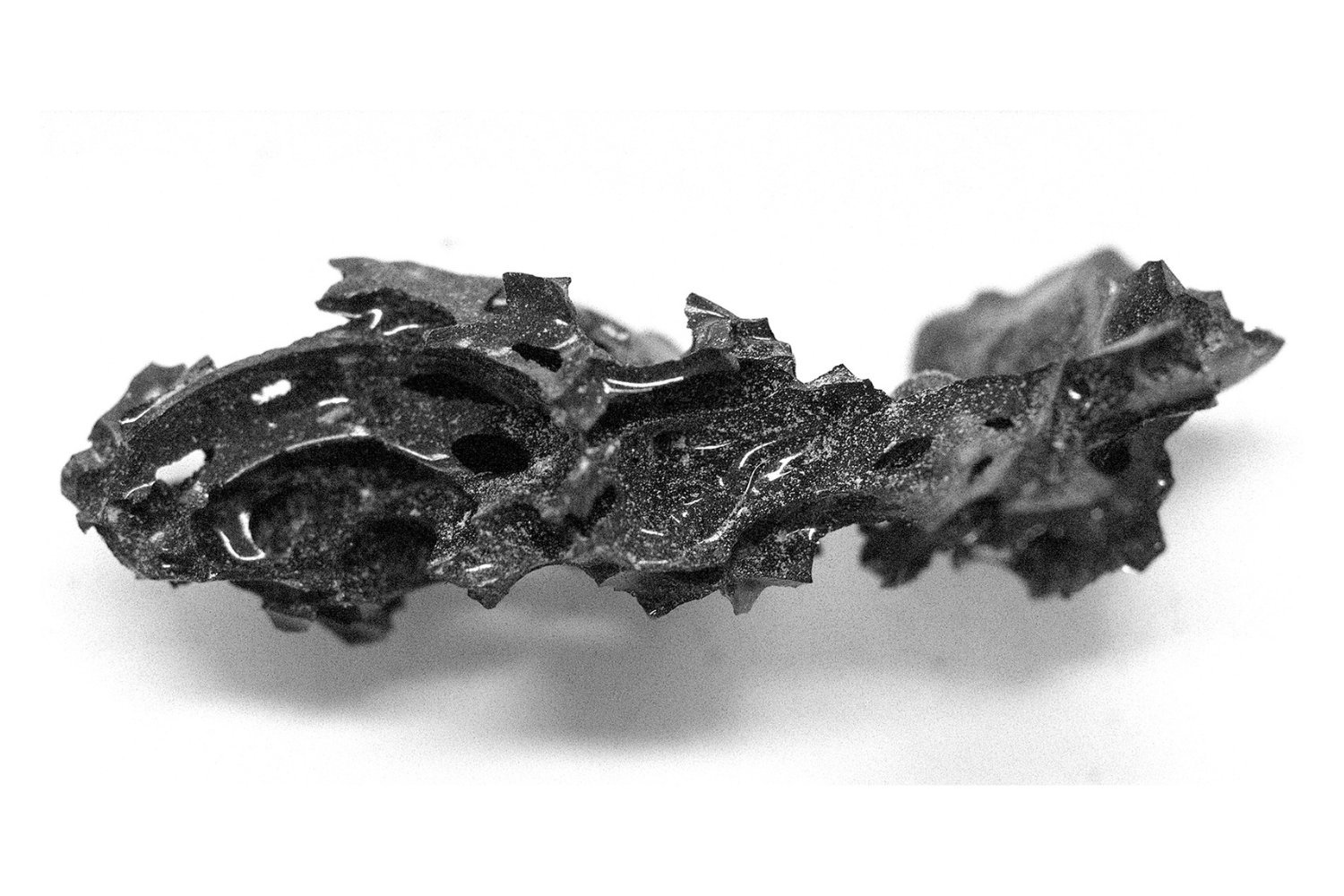Amateur treasure hunters in Poland unearthed a remarkable medieval sword and two axes in late January, adding to the rich tapestry of historical finds in the Nowomiejskie district. The discovery, made by the GRYF—Biskupieckie Stowarzyszenie Detektorystyczne (Diocesan Detection Association), highlights the potential for uncovering hidden treasures even in well-trodden areas.
This group of history enthusiasts and treasure hunters, known for their previous discoveries of Carolingian dynasty coins, partnered with the Ostroda Museum for this expedition. The museum will showcase the weapons as part of its permanent exhibition after careful preservation and analysis. The find adds to the growing collection of artifacts that tell the story of Poland’s rich past.
The GRYF group, active in their local community, previously organized a cleanup of a forgotten Jewish cemetery near Lubawa. Their dedication to preserving history and engaging with the past is evident in their organized treasure hunts, including a planned search for Napoleonic-era artifacts. This upcoming event offers a unique opportunity for history buffs to participate in a hands-on exploration of Poland’s past.
The almost 3.2-foot (1 meter) sword, though rusted and weathered, retains its original form, including the blade, pommel, and handle. The two accompanying axe heads are also well-preserved, offering valuable insights into medieval weaponry. The Ostroda Museum plans to conduct x-rays and other analyses to ensure the long-term preservation of these artifacts.
While the exact age and origin of the weapons remain undetermined, their medieval provenance places them within a significant historical period. During the Middle Ages, Poland was inhabited by various Slavic tribes, and later experienced the influence of the Teutonic Knights. This complex history adds intrigue to the discovery and raises questions about the potential owners and users of these weapons.
The sword’s design, reminiscent of hand-and-a-half swords popular in Late Medieval Western Europe, suggests a potential function in piercing armor. The discovery site near the Osa River leads experts to speculate that the weapons may have been submerged for centuries, contributing to their remarkable preservation. This immersion in water could have created a unique environment that protected the artifacts from the elements and the ravages of time.
This discovery serves as a testament to the enduring power of exploration and the hidden historical treasures waiting to be unearthed. The ongoing research and analysis of these artifacts promise to reveal further insights into Poland’s rich medieval past and the people who inhabited this region centuries ago.











